Recently updated on June 23rd, 2025 at 09:49 am
Galaxies are massive systems composed of stars, gas, dust, and dark matter that are bound together by gravity. Furthermore, they are the basic building blocks of the universe, varying in size, structure, and composition. In this perspective, here’s a detailed look at what galaxies are and how they work.
1. The structure and components of a galaxy
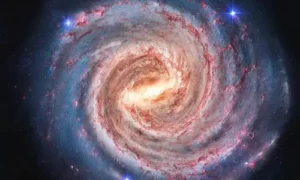
Stars: Stars are the most visible components of a galaxy. They can range from large, brilliant stars to smaller, cooler ones. Many stars in the galaxy form stellar systems, clusters, or even nebulae.
Gas & dust: Gas and dust are the raw elements for star creation. Gas, principally hydrogen and helium, and interstellar dust frequently combine to produce nebulae, which are where new stars are born.
Dark Matter: Although telescopes cannot see it, we know it exists because of its gravitational effects. Dark matter is considered to account for around 85% of the universe’s mass.
Black Holes: Most galaxies, including the Milky Way, contain a supermassive black hole in their centre. These black holes have a profound impact on galactic dynamics and could influence star formation.
2. Types of Galaxies
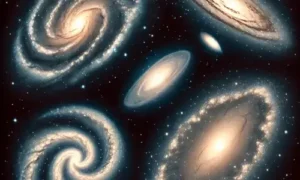
Galaxies are classed according to their shape and structure, resulting in three major types with subcategories:
Elliptical Galaxies: These galaxies range in size from almost spherical to elongated ovals and contain little gas and dust. They are usually composed of older stars and have a generally smooth, featureless look.
Spiral Galaxies: These galaxies, like the Milky Way, are distinguished by spiral arms that twist out from a central bulge. They contain both young and old stars. They also include more dust and gas, which promotes star formation.
Irregular Galaxies: Irregular Galaxy lacks a definite shape. They are generally rich in gas and dust, and they contain young stars as a result of active star formation. Irregular galaxies are often caused by galaxy collisions or near-misses with neighbouring galaxies.
3. Formation and Evolution of Galaxies

Galaxies formed after the Big Bang, approximately 13.8 billion years ago. The first stars and early galaxies formed when little clumps of matter clumped together due to gravity. Galaxies evolved as they merged with others, accreted gas, and formed new stars.
Star Formation: Gas in a galaxy can collapse under gravity, forming new stars. The pace of star creation varies with the galaxy’s age and the amount of accessible gas.
Galaxy mergers: When two galaxies collide, their forms might become deformed, and star formation frequently rises as gas and dust clouds collide and condense.
Black Hole Growth: Supermassive black holes at galaxy centres grow by accreting gas and dust. They can emit massive amounts of energy, occasionally resulting in active galactic nuclei (AGN) that have an impact on the surrounding environment.
4. Size and Scale
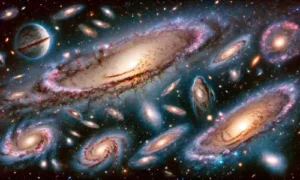
Additionally, galaxies vary enormously in size. For instance, they range from small dwarf galaxies containing only a few million stars to giant galaxies with trillions of stars. Specifically, our Milky Way is about 100,000 light-years across, and larger galaxies can be several times this size.
5. Clusters and Superclusters
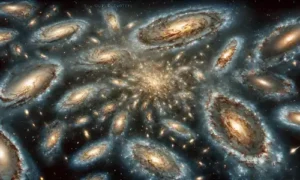
In addition, galaxies are not isolated; rather, they often exist in groups or clusters. Subsequently, these clusters can then form superclusters, which are among the largest known structures in the universe. Furthermore, galaxy clusters are held together by gravity and can contain hundreds or thousands of galaxies, along with hot gas and dark matter.
6. Role in the Universe

The Galaxies are the universe’s “ecosystems” where stars are created, live, and die; consequently, they recycle material that eventually generates new generations of stars and planets. Moreover, their interactions, such as collisions and mergers, have a significant impact on their evolution and the universe’s evolution.
7. Famous Galaxies
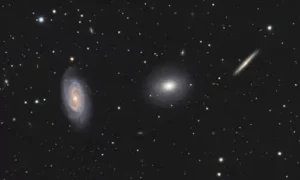
Milky Way: The Milky Way is our home galaxy, a barred spiral with an estimated 100-400 billion stars.
Andromeda Galaxy (M31): The Andromeda Galaxy (M31) is the Milky Way’s nearest spiral galaxy, and it is on a collision course.
Messier 87 (M87): Messier 87 (M87) is a large elliptical galaxy in the Virgo Cluster with a supermassive black hole at its centre.
Galaxies symbolise both the past and future of cosmic evolution, showing the universe’s history and the forces influencing its fate.
Conclusion
To summarise, galaxies are complex, massive structures that play an important part in the structure and history of the universe. Specifically, they vary in shape and size, from spirals like the Milky Way to irregular and elliptical patterns, and are made up of stars, gas, dust, and dark matter. Furthermore, galaxies expand and evolve as a result of star formation, mergers, and interactions, with their supermassive black holes and dark matter components having a considerable impact on their dynamics.
In addition, through their cycles of star formation and death, galaxies recycle matter and energy, contributing to the ongoing remaking of the universe. Ultimately, by examining galaxies, we can learn about the universe’s beginnings, large-scale structure, and the forces that will ultimately decide its fate.


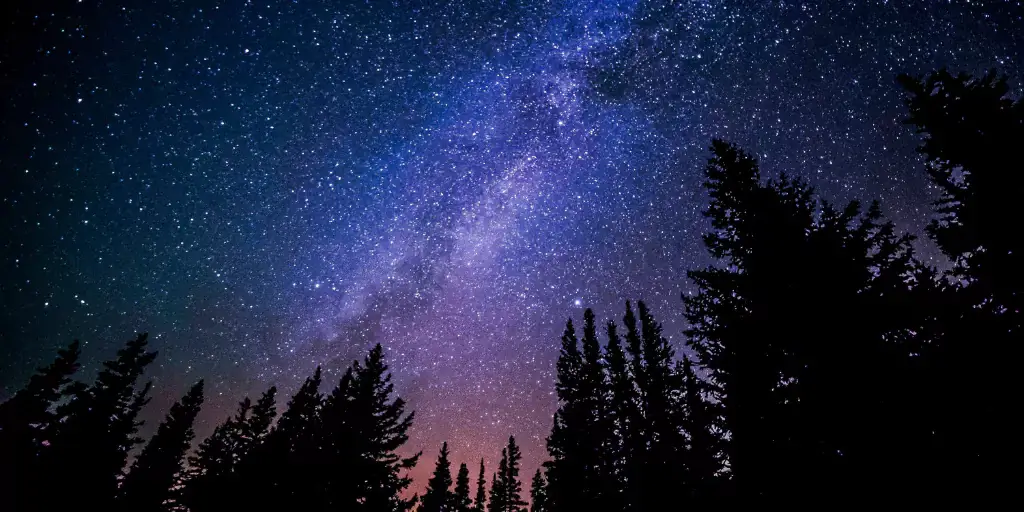



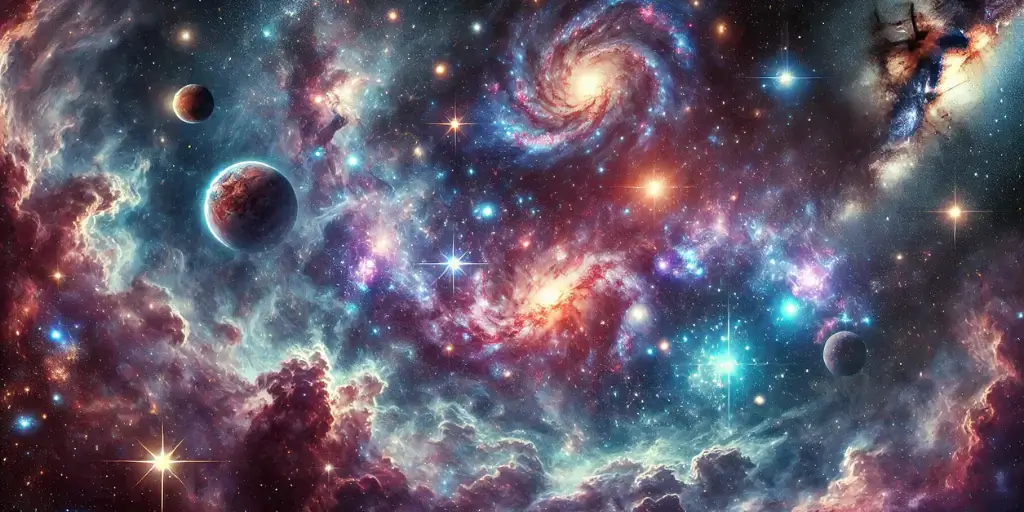
NathanKef
November 12, 2024This resource provides a lot of fascinating and helpful information.
On this platform, you can discover different articles that broaden your horizons.
Visitors will enjoy the resources shared here.
All topics is thoughtfully designed, making it simple to use.
The posts are easy to understand.
You can find tips on many areas.
If you want to find useful facts, this site has something for everyone.
In general, this website is a great source for people who enjoy discovering new things.
https://sfzev.de/